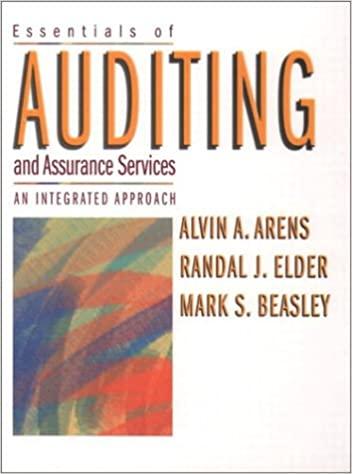Question
INNOVATIONS AND CHANGE MANAGEMENT: An Innovation Failure at JCPenney: Its Causes and Consequences Former CEO Ron Johnson designed and tried to implement a new strategy
INNOVATIONS AND CHANGE MANAGEMENT: An Innovation Failure at JCPenney: Its Causes and Consequences Former CEO Ron Johnson designed and tried to implement a new strategy for JCPenney (JCP). However, the firms target middle market customers did not respond well to the new strategy and the innovations associated with it. In fact, some say that Johnsons innovations and strategy alienated what had historically been the firms target customers. Johnson came to JCP after successful stints at Target and Apple. At Apple, he was admired for the major role he played in developing that firms wildly successful Apple Stores, which number of analysts say brought about a new world order in retailing. It was Johnsons ability to establish what some viewed as path-breaking visions and to develop innovations to reach them that appealed to JCPs board when he was hired. Comparing JCP to the Titanic, Johnson came to the CEO position believing that innovation was the key to shaking up the firm. Moreover, he reminded analysts, employees, and others that he came to JCP to transform the firm, not to marginally improve its performance. Describing what he intended to do at JCP, Johnson said that in the U.S., the department store has a chance to regain its status as the leader in style, the leader in excitement. It will be a period of true innovation for this company. The essence of Johnsons vision for JCP was twofold. First, he eliminated the firms practice of marking up prices on goods and then offering discounts, heavy promotions, and coupons to entice its bargain-hunting target customers. Instead, Johnson introduced a three-tiered pricing structure that focused on what were labelled everyday low prices. To customers though, the pricing structure was confusing and failed to convince them that the everyday low prices were actually low enough compared to competitors prices. Innovation was at the core of the second part of the new CEOs vision, with one objective being to give JCP a more youthful image. The innovations Johnson implemented to create this image included establishing branded boutiques within JCP stores. To do this, JCP set up branded boutiques along a wide aisle, or street dotted with places to sit, grab a cup of coffee, or play with Lego blocks. With an initial intention of having 100 branded shops within JCP stores by 2015, Johnson asked people to envision an entire store of shops with a street and square in the middle representing a new way to interface with the customer. Disney was one of the brands to be included as a shopping destination, as were Caribou Coffee, Dallas based Paciugo Gelato & Caf, and Page 2 of 2 Giggle, a store dedicated to making it a whole lot easier to become a parent by offering innovative and stylish must-have baby items. In addition, and as noted in Chapter 4s Opening Case, Levis, IZOD, Liz Claiborne, and Martha Stewart branded items were to be included as part of the boutiques. But these innovations and the strategy used to exploit them did not work. So, what went wrong? While it is true that Johnson had an entrepreneurial mind-set, cross functional teams were not used to facilitate implementation of the desired innovations such as the boutique stores. In essence, it seems that Johnson himself, without the involvement of others throughout the firm, was instrumental in deciding that the boutiques were to be used as well as how they were to be established and operated within selected JCP stores. In addition, the values associated with efforts to change JCP from its historic roots of being a general merchant in the space between department stores and discounters to becoming a firm with a young, hip image were not shared among the firms stakeholders. Finally, Johnsons work as an entrepreneurial leader was, seemingly, not as effective as should have been the case. Because of mistakes such as these, the level of success desired at JCP through internally developed innovations was not attained. Sources: 2013, J.C. Penney ousts CEO Ron Johnson, Wall Street Journal, www.wsj.com,
Answer the following questions:
a) The new CEO tried to be innovative. Were the innovations introduced, more incremental or more novel? Please explain.
b) Do the innovations implement by JCP sound interesting to you? Would you shop at a store with these features? Why or why not?
c) What are the reasons that the innovations implemented by the new CEO failed?
d) What recommendations do you have for turning around the performance of JCP?
Step by Step Solution
There are 3 Steps involved in it
Step: 1

Get Instant Access to Expert-Tailored Solutions
See step-by-step solutions with expert insights and AI powered tools for academic success
Step: 2

Step: 3

Ace Your Homework with AI
Get the answers you need in no time with our AI-driven, step-by-step assistance
Get Started


